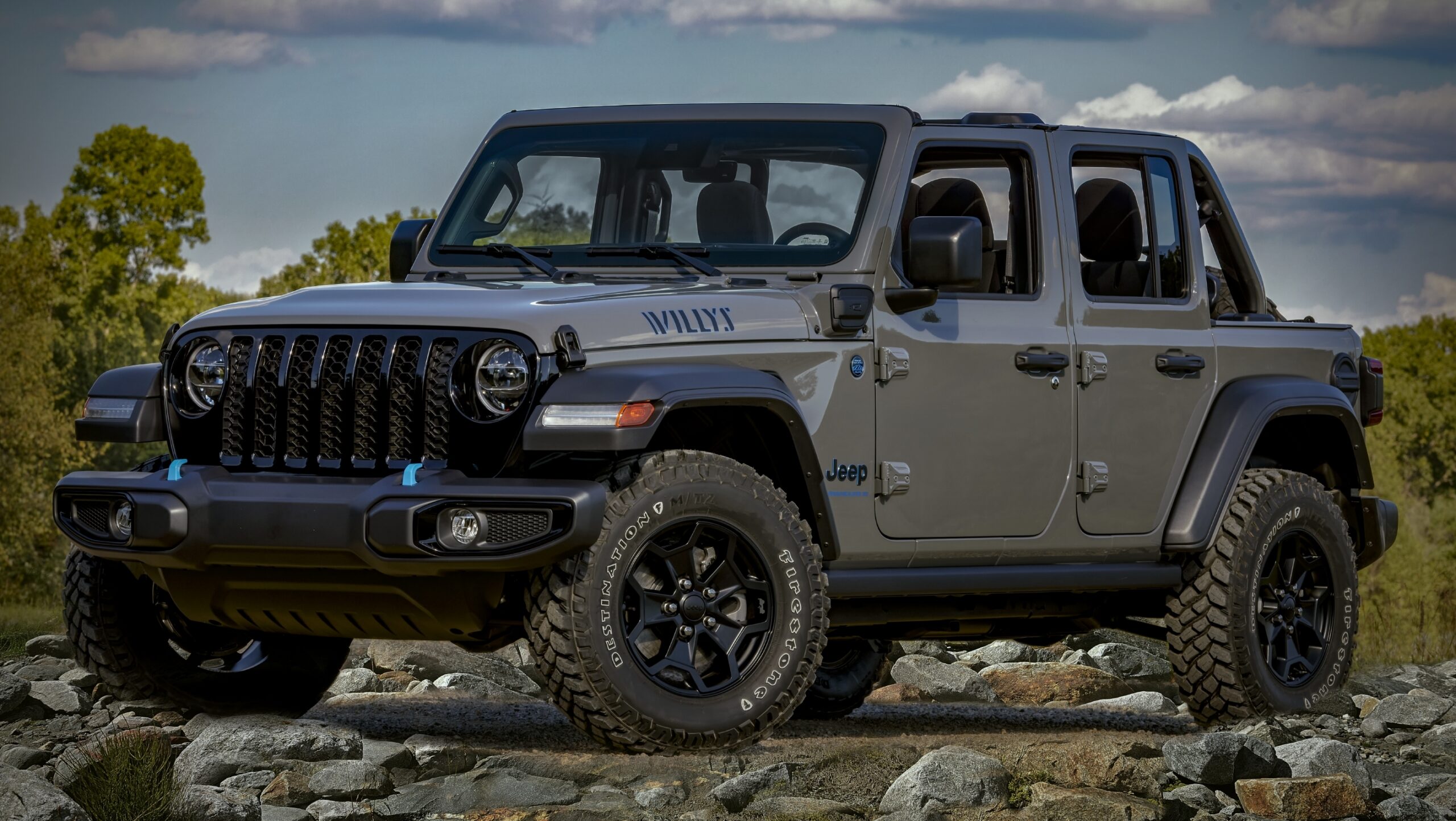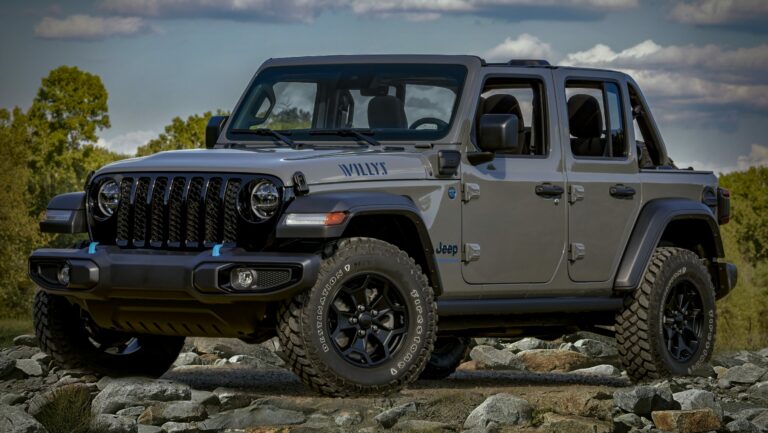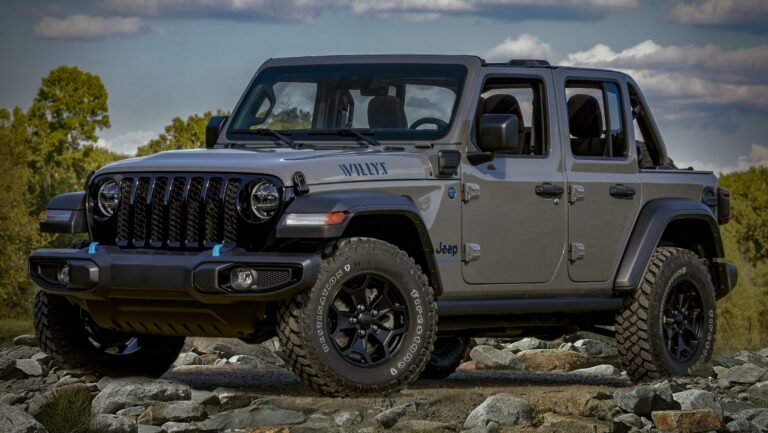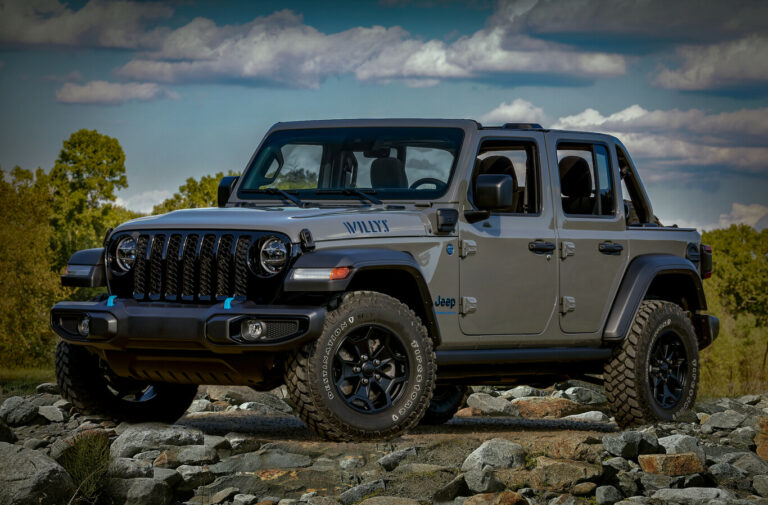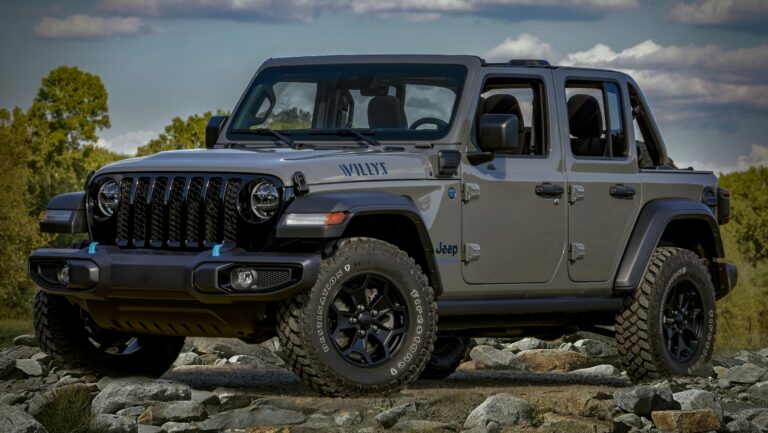Jeep Wrangler 2 Door Hardtop Weight: A Comprehensive Guide
Jeep Wrangler 2 Door Hardtop Weight: A Comprehensive Guide jeeps.truckstrend.com
The Jeep Wrangler is an icon, celebrated for its rugged capability, open-air freedom, and distinctive design. While many envision a Wrangler with its roof completely removed, a significant portion of its owners opt for the security, insulation, and weather protection offered by the hardtop. Understanding the Jeep Wrangler 2 Door Hardtop Weight is more than just a trivial fact; it’s a crucial piece of information that impacts everything from ease of removal and storage to the vehicle’s overall performance, fuel economy, and handling characteristics. This detailed guide will delve into the various facets of the 2-door hardtop’s weight, providing insights for current and prospective Wrangler owners.
Understanding the Hardtop’s Composition and Purpose
Jeep Wrangler 2 Door Hardtop Weight: A Comprehensive Guide
Before we quantify the weight, it’s essential to understand what comprises a Jeep Wrangler 2-door hardtop and why it exists. Unlike the soft top, which prioritizes ultimate lightweight and quick open-air access, the hardtop offers enhanced security, superior noise insulation, better climate control, and increased rigidity for the vehicle’s body.
Typically constructed from a combination of Sheet Molding Compound (SMC) – a fiberglass-reinforced plastic – and reinforced with steel or aluminum internal structures, the hardtop is designed to be durable yet manageable. It includes glass windows (side and rear), sealing elements, and sometimes integrated features like a rear defroster, wiper, and a headliner for added insulation and aesthetic appeal.
For the 2-door Wrangler, both the JK (2007-2018) and JL (2018-present) generations feature a hardtop that is primarily a two-piece system: two removable front "Freedom Panels" and a larger main rear section. This modular design allows for partial open-air enjoyment without fully removing the entire top.
Factors Influencing Hardtop Weight
While there’s a general weight range, several factors can subtly influence the exact weight of a Jeep Wrangler 2-door hardtop:
- Generation (JK vs. JL): While both are similar in design, minor material and structural refinements between the JK and JL generations can lead to slight weight variations. The JL generation, in particular, saw efforts to reduce overall vehicle weight in various components, which might extend to the hardtop.
- Specific Features: Hardtops equipped with optional features like premium sound system integration (soundbar attached to the hardtop in some older models, though typically vehicle-mounted now), additional insulation packages (headliners), or rear wiper/defroster mechanisms can be marginally heavier than their bare-bones counterparts.
- Color/Finish: While negligible, body-color painted hardtops might have a fraction more weight due to the paint layers compared to the standard black textured finish. This difference is usually too small to be practically considered.
- Aftermarket vs. OEM: Some aftermarket hardtops are designed with weight savings in mind, using lighter composites or different construction methods. Conversely, some heavy-duty aftermarket options might add more weight due to thicker materials or integrated accessories.

The Hard Numbers: Estimated Weights by Generation
Accurate weights for specific components can be elusive as manufacturers often provide overall vehicle curb weight rather than individual parts. However, based on owner reports, lift system specifications, and general consensus, we can provide reliable estimated ranges for the 2-door Wrangler hardtop.

Jeep Wrangler JK (2007-2018) 2-Door Hardtop Weight:
The hardtop for the 2-door JK Wrangler is typically a two-piece unit consisting of two front Freedom Panels and the main rear shell.
- Freedom Panels (each): Approximately 15-20 lbs (6.8-9 kg)
- Main Rear Section: Approximately 100-120 lbs (45-54 kg)
- Total Estimated Weight (combined): 130-160 lbs (59-73 kg)

Jeep Wrangler JL (2018-Present) 2-Door Hardtop Weight:
The JL 2-door hardtop maintains a similar two-piece design, with slight refinements in materials and manufacturing.
- Freedom Panels (each): Approximately 15-20 lbs (6.8-9 kg)
- Main Rear Section: Approximately 90-110 lbs (41-50 kg)
- Total Estimated Weight (combined): 120-150 lbs (54-68 kg)
Note: These weights are estimates. Actual weights may vary slightly based on specific year, trim, and optional features.
Impact of Hardtop Weight on Vehicle Dynamics
While the hardtop’s weight might seem relatively small compared to the total vehicle curb weight (around 3,800-4,200 lbs for a 2-door Wrangler), it’s important to consider its placement. Being at the highest point of the vehicle, it impacts several dynamic aspects:
- Center of Gravity (CG): The hardtop adds weight high up, slightly raising the vehicle’s center of gravity. While this effect is minor for a 2-door Wrangler with its relatively short wheelbase, it can subtly influence body roll during cornering or extreme off-road articulation.
- Fuel Economy: Any additional weight, especially at speed, requires more energy to move. While removing the hardtop won’t drastically improve MPG, it can contribute to a marginal improvement (perhaps 0.5-1 MPG) over extended driving periods, especially when combined with other weight-saving measures.
- Performance: A lighter vehicle generally accelerates faster and stops shorter. The hardtop’s weight is a small component of the overall vehicle mass, so its removal will have a negligible impact on straight-line performance for most drivers.
- Off-roading: For serious rock crawling, a lower center of gravity is generally preferred for stability. However, the hardtop also adds structural rigidity to the body, which can be beneficial in preventing body flex in extreme situations. Many off-roaders choose to run with soft tops or no top for maximum visibility and a lighter feel.
Practicalities of Hardtop Removal and Storage
Understanding the hardtop’s weight is most critical when it comes to removal and storage.
- Removal: While the front Freedom Panels are easily removed by one person, the main rear section of the 2-door hardtop typically requires at least two strong adults to lift it safely off the vehicle. Its bulkiness and awkward shape make it challenging for a single person, even if they can technically lift the weight.
- Tools: Standard Torx bits (T30 and T40 are common) are usually all that’s needed to unbolt the hardtop.
- Hoists and Lifts: For frequent hardtop removal, investing in an overhead garage hoist system (manual or electric) is highly recommended. These systems allow one person to safely lift and store the hardtop, preventing strain and potential damage to the top or the vehicle.
- Storage: Once removed, the hardtop needs a dedicated, safe storage space. Options include:
- Hardtop Carts: Wheeled carts designed to hold the hardtop vertically, making it easy to move around a garage.
- Wall Mounts: Brackets that allow the hardtop to be hung on a garage wall.
- Overhead Hoists: As mentioned, these can also serve as storage solutions, keeping the hardtop suspended out of the way.
- Safety: Always exercise caution when removing or installing the hardtop. Ensure all bolts are removed/tightened correctly, and clear the area of obstacles. Damaging the hardtop can be costly to repair or replace.
Tips for Managing Hardtop Weight
- Plan Ahead: Before removing your hardtop, ensure you have adequate help or the necessary lifting equipment.
- Invest Wisely: If you frequently swap between a hardtop and soft top, a good quality hoist is a worthwhile investment.
- Regular Maintenance: Keep the hardtop seals clean and lubricated to prevent sticking and ensure a good seal. Check the mounting bolts periodically.
- Consider Aftermarket Options: If weight is a significant concern for your specific use case (e.g., competitive off-roading where every pound counts), research lightweight aftermarket hardtops. Be mindful that these can be expensive and may not offer the same level of insulation or durability as OEM.
Estimated Jeep Wrangler 2-Door Hardtop Weights & Specifications
Here’s a table summarizing the estimated weights and key characteristics of the 2-door hardtop:
| Generation | Model Years | Hardtop Type | Estimated Weight Range (lbs) | Key Characteristics |
|---|---|---|---|---|
| JK | 2007-2018 | Black Textured/Body-Color | 130-160 lbs | Two-piece design (2 Freedom Panels + Main Rear) |
| JL | 2018-Present | Black Textured/Body-Color | 120-150 lbs | Two-piece design (2 Freedom Panels + Main Rear), refined materials |
| Aftermarket | Various | Lightweight Composites | 90-130 lbs | Varies by manufacturer, often focuses on weight reduction |
| Aftermarket | Various | Heavy-Duty/Specialty | 160-200+ lbs | May include integrated racks, thicker materials |
Frequently Asked Questions (FAQ)
Q1: How much does a 2-door hardtop for a Jeep Wrangler weigh?
A1: The estimated weight for a Jeep Wrangler 2-door hardtop (including Freedom Panels) is typically between 120-160 lbs, depending on the generation and specific features. Refer to the table above for more detailed estimates.
Q2: Can one person remove a 2-door hardtop?
A2: While the two front Freedom Panels can be removed by one person, the main rear section of the 2-door hardtop is heavy and cumbersome. It is strongly recommended to have at least two strong adults or use an overhead hoist system for safe removal and installation.
Q3: Does the hardtop affect fuel economy?
A3: Yes, any additional weight affects fuel economy. While the impact of the hardtop alone is minor (perhaps 0.5-1 MPG), its removal, combined with other weight-saving measures, can contribute to marginal improvements in fuel efficiency.
Q4: Are aftermarket hardtops lighter than OEM ones?
A4: Some aftermarket hardtops are specifically designed to be lighter, often using advanced composite materials. However, others might be heavier due if they are built for extreme durability or include integrated features like reinforced roof racks. Always check the manufacturer’s specifications.
Q5: What’s the difference in weight between a soft top and a hardtop?
A5: A soft top is significantly lighter than a hardtop, usually weighing in the range of 30-60 lbs, depending on the model and features. This difference of 70-100+ lbs can be noticeable in overall vehicle feel and performance.
Q6: Why is knowing the hardtop weight important?
A6: Knowing the hardtop weight is crucial for planning safe removal and storage, understanding its minor impact on vehicle dynamics (fuel economy, handling), and making informed decisions about aftermarket accessories or replacement options.
Conclusion
The Jeep Wrangler 2 Door Hardtop Weight is a practical consideration for every owner. While not an overwhelmingly heavy component in isolation, its bulk and placement high on the vehicle necessitate careful handling and proper storage solutions. Understanding its estimated weight empowers owners to safely enjoy the versatility of their Wrangler, whether opting for the open-air experience or the security and comfort of the hardtop. Ultimately, the hardtop is an integral part of the Wrangler’s appeal, offering a balance of protection and the promise of adventure that lies just a few bolts away.

